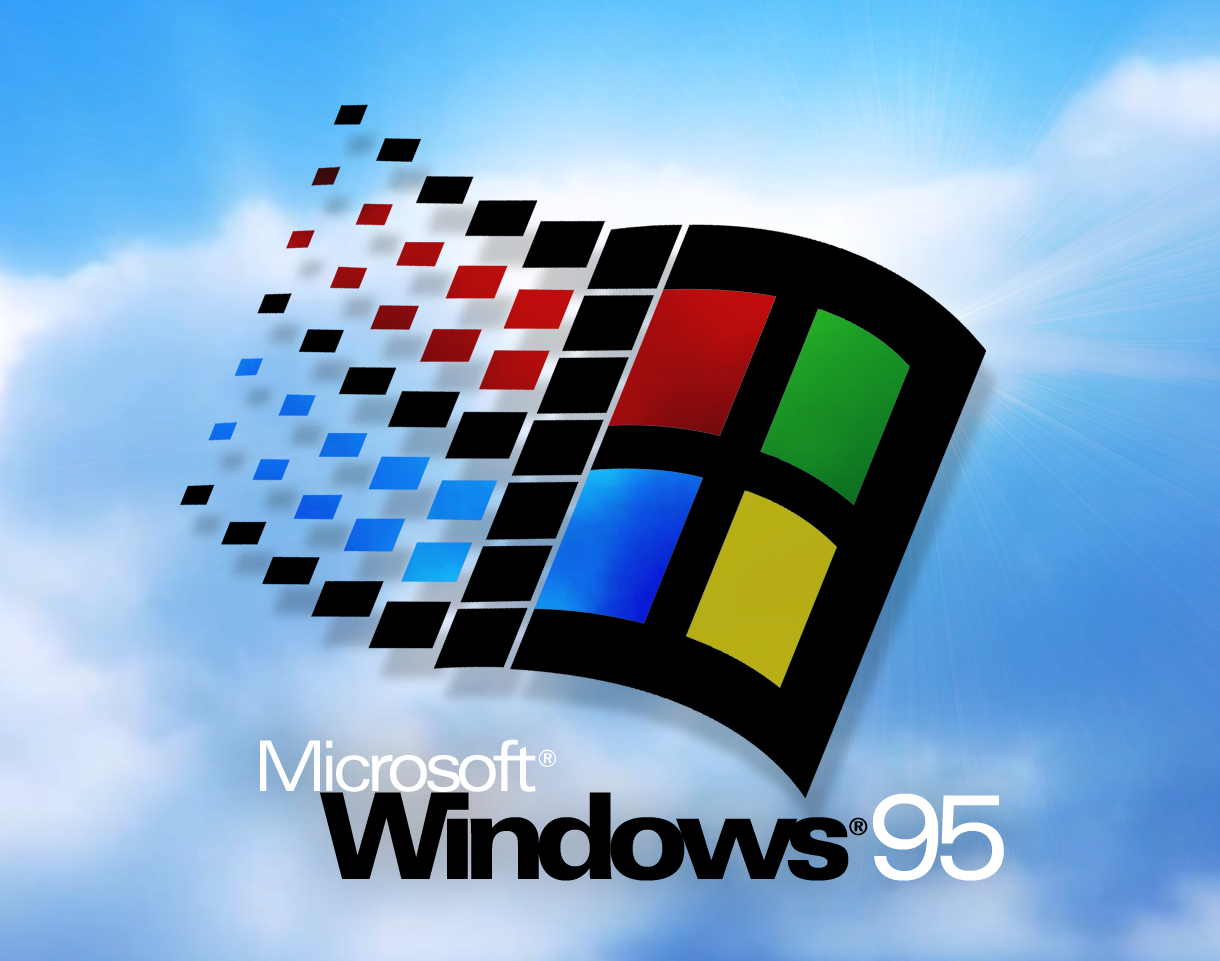For many, the year 1995 evokes a wave of nostalgia. It was the year dial-up internet connections began to grace homes, the first “Toy Story” movie captivated audiences, and a revolutionary operating system, Windows 95, forever changed the landscape of personal computing.
This article delves into the legacy of Windows 95, exploring its groundbreaking features, its impact on accessibility, and its enduring place in tech history.
A Revolution on Desktops: The Features that Defined Windows 95
Prior to Windows 95, operating systems were often complex interfaces daunting for novice users. Windows 95 ushered in a new era with features that made computing more user-friendly and accessible:
- The Start Menu: This now-iconic feature became the central hub for accessing applications, settings, and documents. With its intuitive layout and familiar button, the Start Menu simplified navigation for users of all levels.
- The Taskbar: The ever-present taskbar offered a convenient way to switch between open applications and keep track of running programs. This feature replaced the program manager in earlier versions of Windows, streamlining multitasking capabilities.
- Plug and Play: Gone were the days of cryptic driver installations. Windows 95 introduced “Plug and Play,” allowing users to easily connect new hardware like printers or scanners with minimal configuration.
- Windows Explorer: File management received a facelift with Windows Explorer. This graphical file browser offered a visual and intuitive way to browse folders, manage files, and access storage devices.
- Built-in Dial-Up Networking: Windows 95 revolutionized communication. This operating system came pre-installed with dial-up networking tools, allowing users to connect to the nascent internet and explore the vast digital world.
Beyond Features: The Accessibility Revolution
Windows 95 wasn’t just about innovation; it democratized access to personal computing. Features like:
- Improved Keyboard Shortcuts: Windows 95 offered a robust selection of keyboard shortcuts, making it easier for users with physical limitations to navigate the operating system.
- Screen Reader Integration: Compatibility with early screen reader software allowed visually impaired users to access and interact with Windows 95, promoting accessibility in the realm of technology.
- Improved User Interface Design: The intuitive layout, clear icons, and logical structure of the interface made Windows 95 easier to understand and navigate for users of all abilities.
The Legacy of Windows 95: A Lasting Impact
The impact of Windows 95 extended far beyond the personal computer user. Here’s how it shaped the tech world:
- The Rise of the PC: Windows 95’s user-friendly interface spurred a surge in personal computer ownership, making computers more accessible to households and paving the way for the digital revolution.
- The Era of the GUI: The success of Windows 95 solidified the graphical user interface (GUI) as the standard for operating systems, influencing the design of future software across platforms.
- The Birth of the Desktop Revolution: With its array of features like multitasking and internet access, Windows 95 laid the groundwork for the modern desktop experience we rely on today.
A Nostalgic Farewell: But Not Forgotten
The distinctive sounds, the vibrant colors, and the iconic blue screen of death – Windows 95 occupies a special place in the hearts of those who experienced it. While newer iterations of Windows dominate the market today, the impact of Windows 95 is undeniable. It was a revolutionary operating system that made personal computing accessible, ignited a tech revolution, and shaped the digital world we navigate today.
